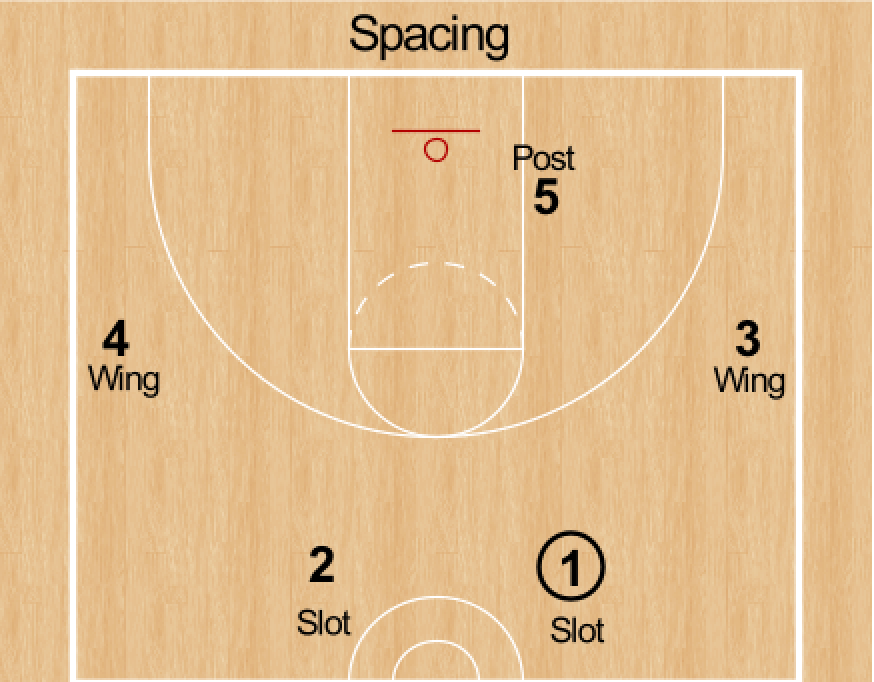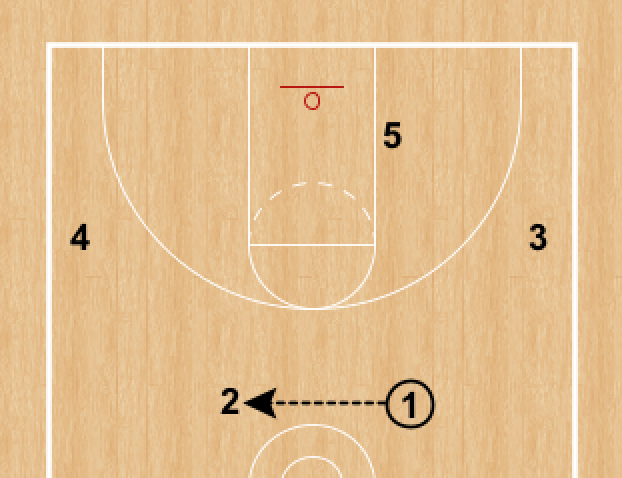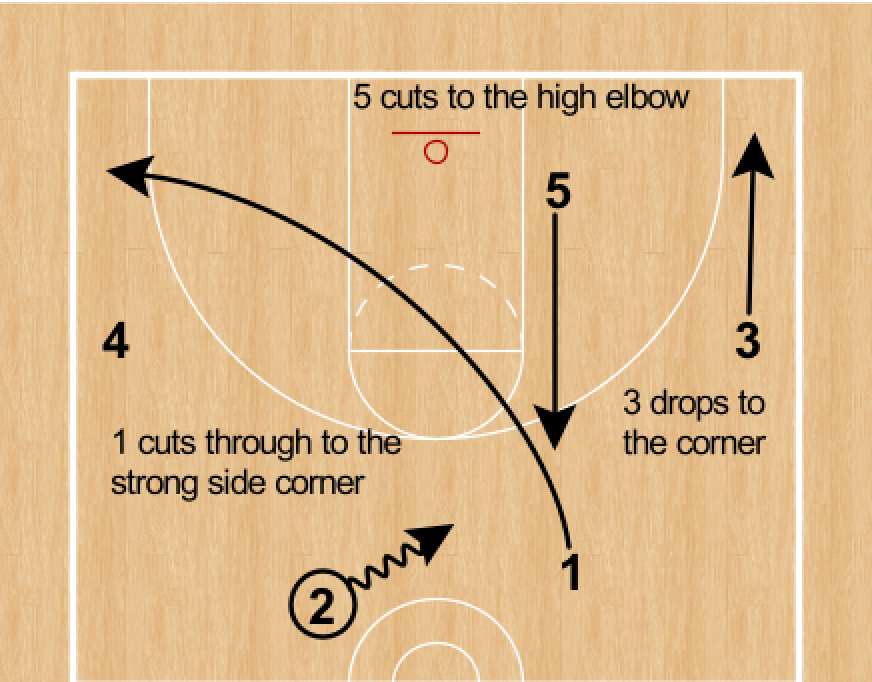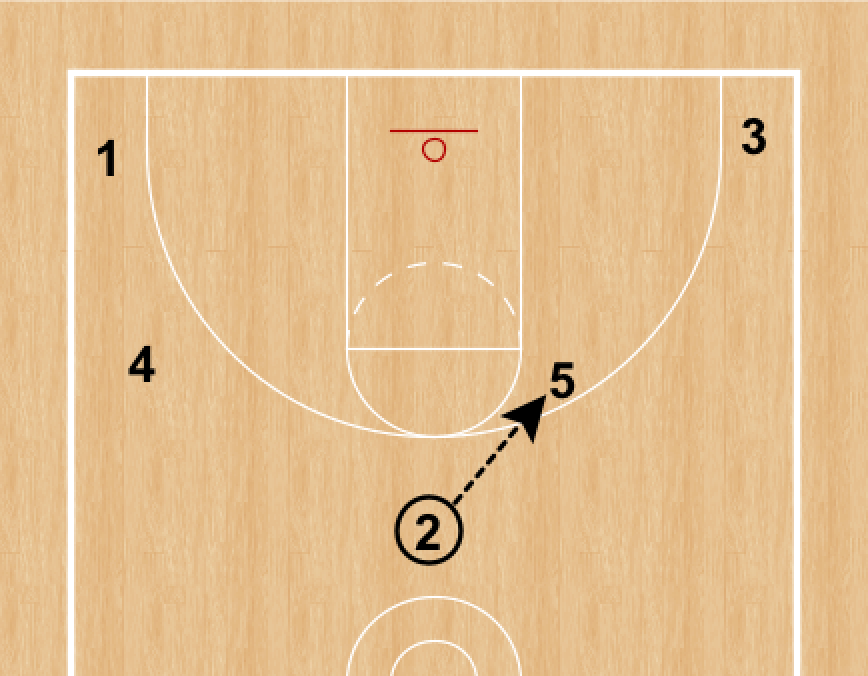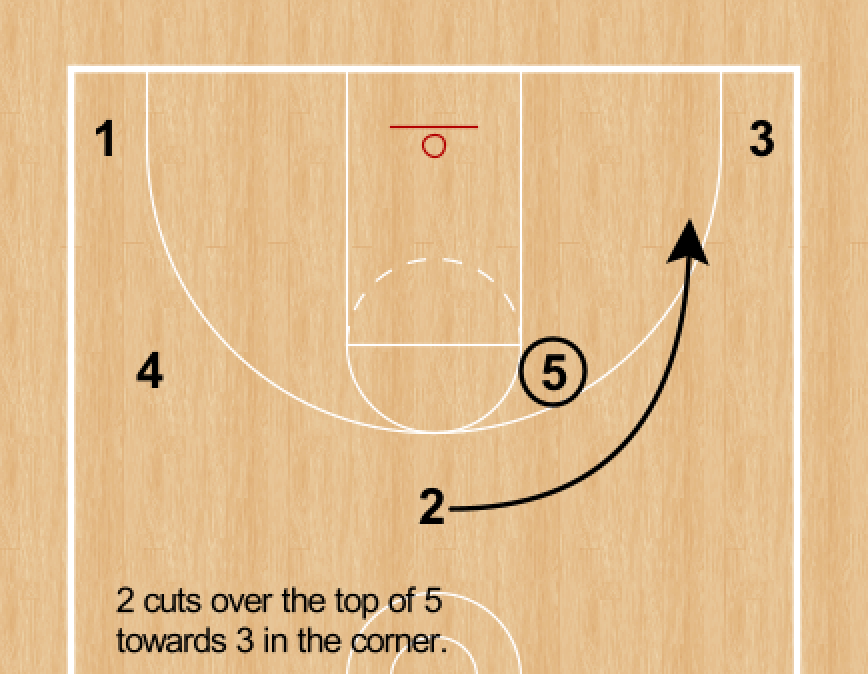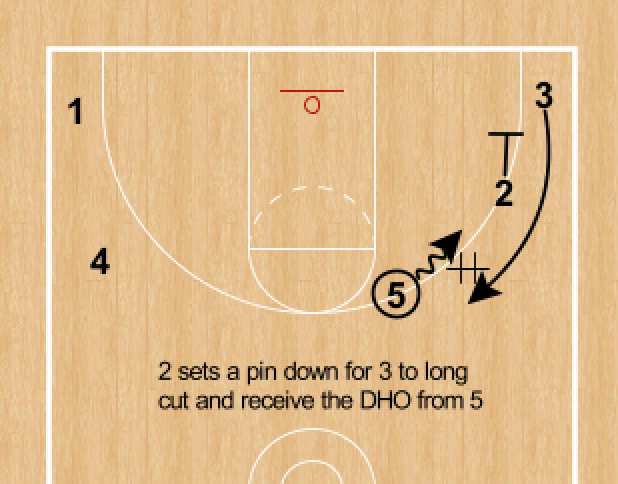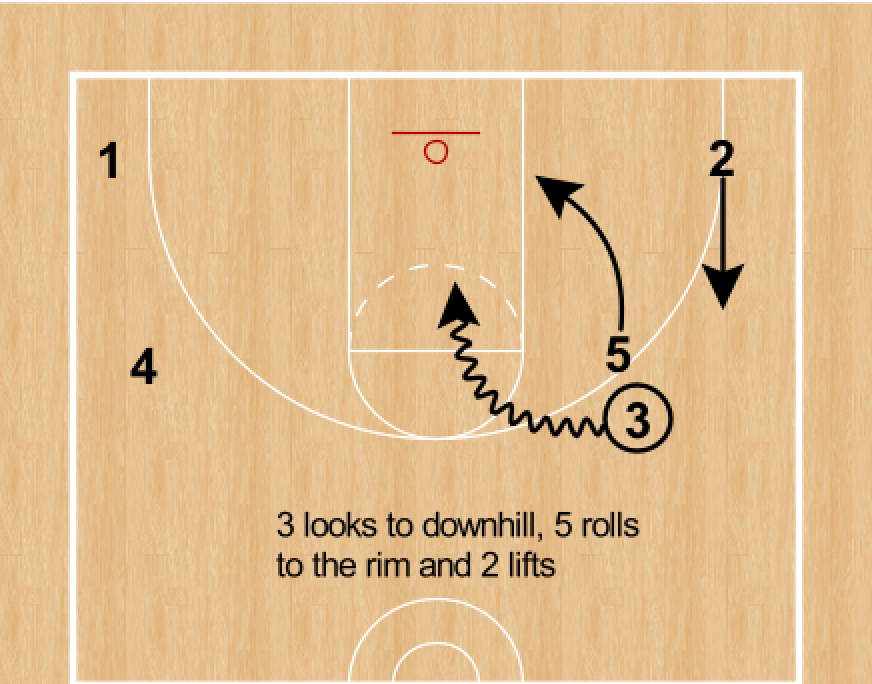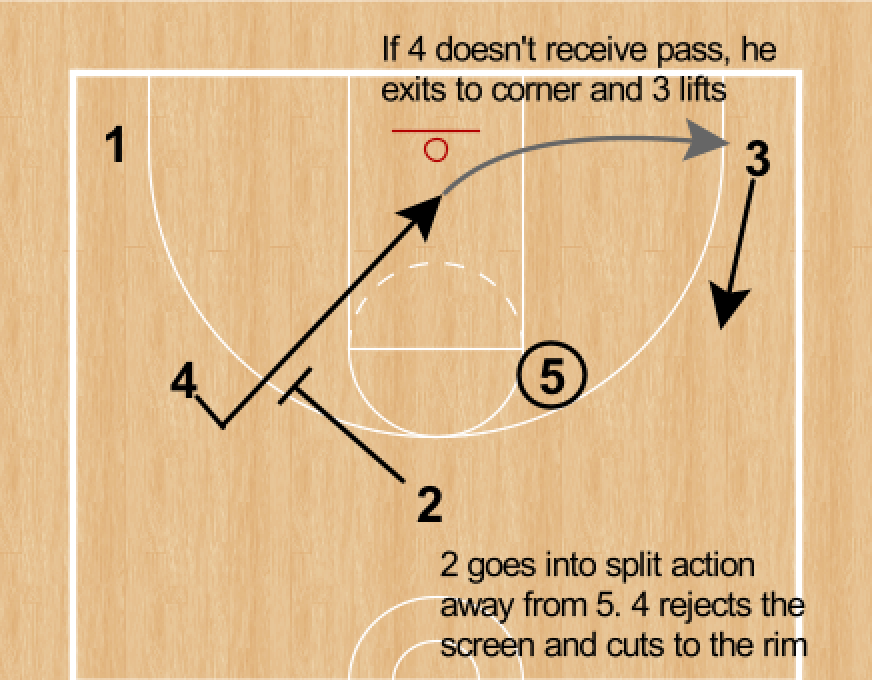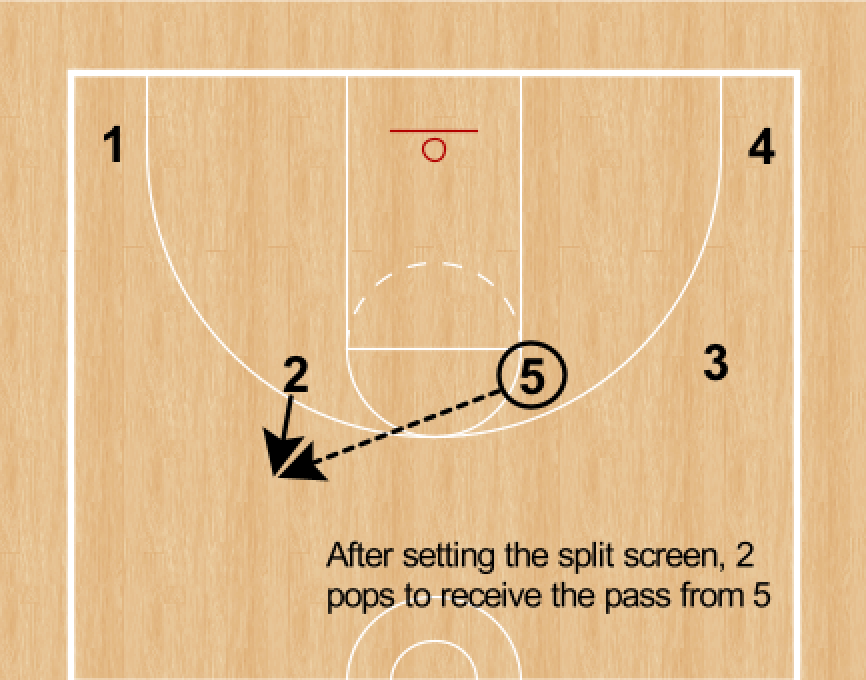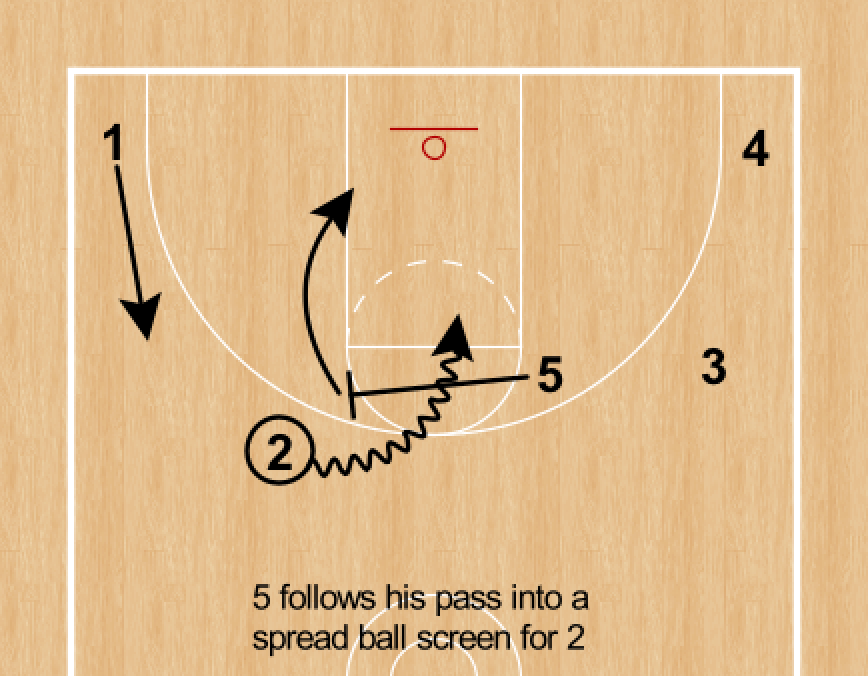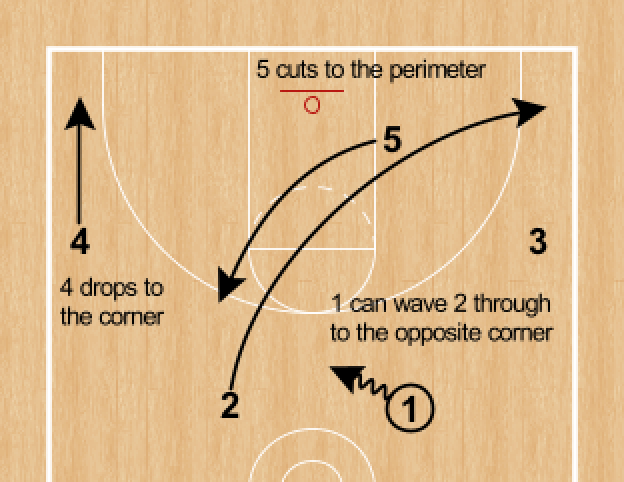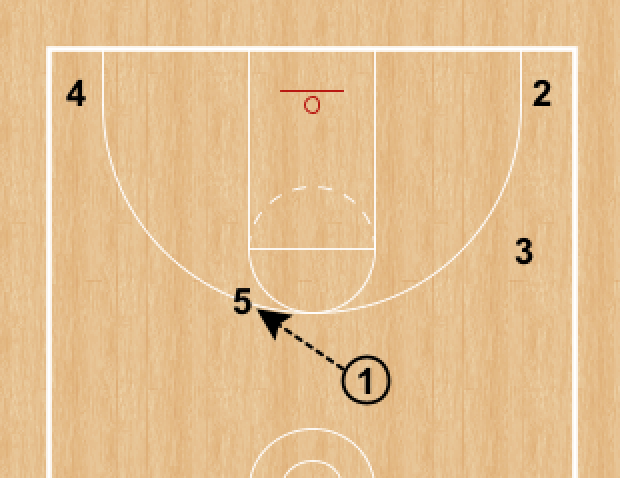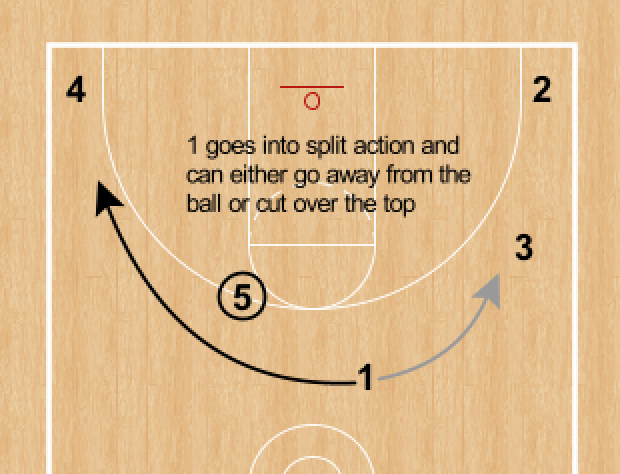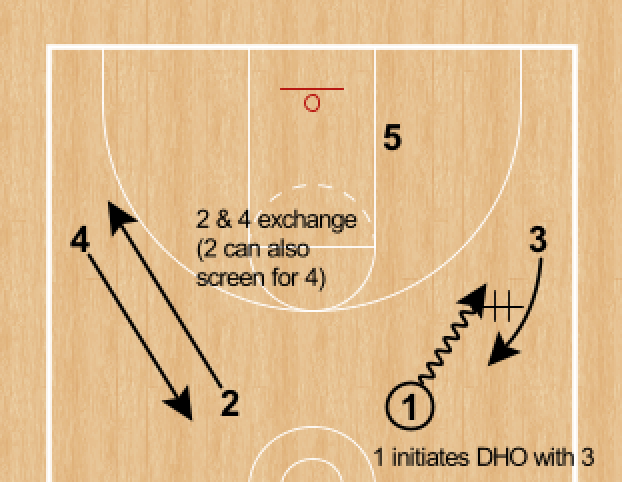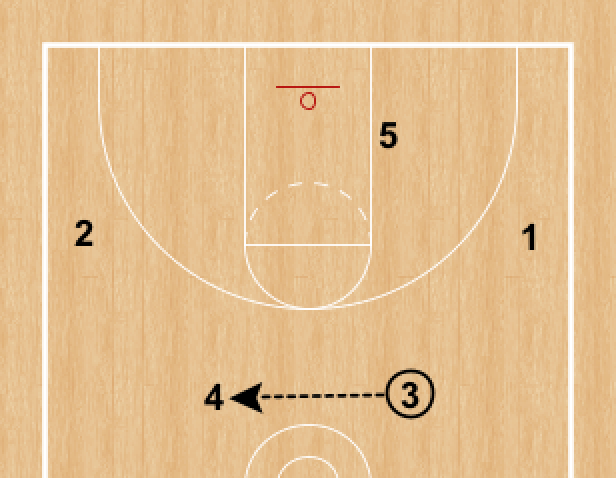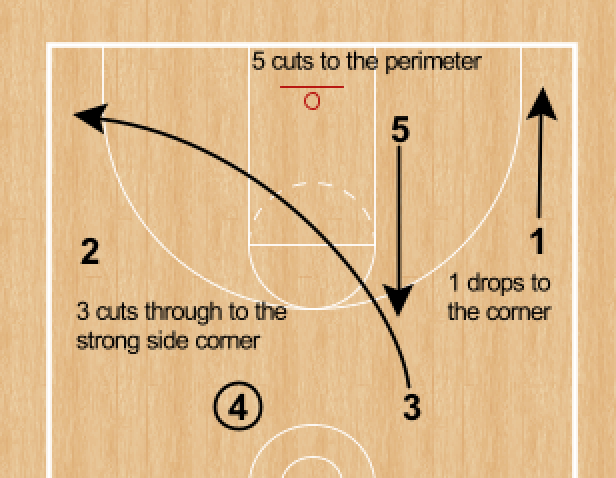Princeton Offense—Point Series
WHat is the Point Series?
The Princeton Offense, despite being created and popularized some forty years ago, is still widely used at nearly all levels of basketball from high school to the NBA. The offense was created by Pete Carril, who was the head coach at Princeton University from 1967-1996, hence the name.
The offense has a reputation for being slow-paced and extremely intricate. However, this isn’t necessarily the case, and the results speak for themselves. Pete Carril led Princeton to 13 Ivy League Championships, 11 NCAA Tournament appearances and captured one of the greatest upsets in NCAA Tournament history by knocking off #1 UCLA in 1996.
The offense is made up of different series or actions, each of which creates it’s own advantages and scoring opportunities through great spacing and player movement. In this breakdown, we will focus on the Point Series, which is perhaps the most popular series in the Princeton and is still widely used in modern offenses to this day.
point series Spacing:
The Point Series starts with the guards (1 & 2) positioned in the slots lane line extended, and the forwards (3 & 4) on the wings free throw line extended. The 5-man is positioned in the low-post on the strong side.
Starting the Action:
To trigger Point, the point guard (1) will reverse the ball to the weak side slot (2).
After reversing the ball, 1 will shallow cut through to the strong side corner. As 1 is cutting through the lane, the post player (5) will lift from the low post to the “high elbow” (1 step outside and higher than the elbow).
As this is happening, the player with the ball (2) will take 1-2 dribbles towards the center of the floor before passing the ball to 5 as he lifts to the high elbow.
Once the post player has the ball at the high elbow, you are ready to flow into either “Point Over” or “Point Away,” both of which we will cover next.
Point Over:
After passing the ball to 5 at the high elbow, the passer (2) will cut over the top of 5 (hence the name “Point Over”). After cutting over the top of 5, 2 will look to set a pin down screen for the player in the strong side corner (3).
The player in the strong side corner (3) will then zoom off of the pin down and sprint to receive the dribble hand off from 5. 3 would ideally run through the handoff, looking to turn the corner and get downhill.
After handing the ball off, 5 rolls to the rim and the player who set the pin down screen (2) would “shake” or lift to the wing. Lifting to the wing forces 2’s defender to make a decision—help on 5 rolling to the rim, or stay with his check as he lifts to the wing.
If the defender guarding the player in the strong side corner (X3) overplays or tries to blow up the pin down, 3 can reject the pin down and back cut to the rim while looking to receive the pass from 5.
If 3 does not receive the backdoor pass, he can continue his cut through to the weak side. The player who set the pin down (2) would then pop back to the wing to receive the pass & follow ball screen from 5.
Point Away:
Oppositely, the passer (2) can cut away from the post player at the high elbow to trigger “Point Away.”
After 2 cuts away from 5 at the high elbow, he flows into split action with the next closest perimeter player (4). 2 will set an away screen for 4, and more often than not, 4 will reject the screen and cut to the rim looking for the pass from 5 at the high elbow.
If 4 does not receive the backdoor pass from 5, he can continue his cut through to the opposite corner.
If 4 rejects the away screen, the screener (2) will then pop back to the perimeter to receive and pass & follow ball screen from 5.
The ball handler (2) looks to attack off the ball screen while the screener (5) rolls hard to the rim. The player in the strong side corner (1) would then “shake” or lift to the wing. By doing this, 1 forces his defender to make a decision—help on the screener rolling to the rim, or stay with his check lifting to the wing.
Wave Through Entry:
Above we talked about initiating Point with a slot-to-slot reversal pass, but another common way teams will flow directly into Point Series is with a “wave through entry.”
Instead of reversing the ball to trigger the action, the point guard (1) can wave through the weak side slot (2). This triggers the shallow cut from 2 to the opposite corner, and the post player (5) would lift to the opposite high elbow to receive the entry pass from 1.
After passing the ball to 5 at the high elbow, 1 can then flow into Point Over or Away.
Forwards Out:
”Forwards out” is another variation available in the Princeton offense and can be used within any of the series’. This term simply means the forwards (3 & 4) are going to exchange with the guards (1 & 2) so they are positioned in the slots at the top.
This is usually accomplished by the point guard initiating a slot-to-wing DHO. On this DHO, the weak side forward and guard would also exchange. However, “forwards out” can also be accomplished by the point guard passing to the strong side forward at the wing and cutting through to the strong side corner. On this pass and cut, the weak side forward and guard would again exchange.

